How Cars Know If You're Sleepy or Distracted

Hazards posed by distracted driving are much older than widespread smartphone use.
Before texting-while-driving became a media buzzword, the plan was to cut down on drowsy drivers, sending a few automakers into action to develop systems that measure your driving style to determine if you’re at risk of falling asleep at the wheel.
Volvo and Mercedes both offer these kinds of systems, while other automakers have slightly different technology that builds on this foundation to deliver a similar alert system.
When you start driving a Mercedes product equipped with “Attention Assist,” the car monitors your driving style during your first 20 minutes behind the wheel. It uses this data to create a unique profile of you. If you start exhibiting unusual patterns, the car will take notice and determine if you’re fatigued and should take a break.
If you’re not paying attention on the road, the car may stray out of its lane. That sets the system into action. Mercedes researchers found that drowsy and fatigued drivers tend to jerk the steering back in order to return into the lane. From there the system monitors how long you’ve been driving, how often you’ve been interacting with the controls in the car and takes into consideration any external causes to this kind of driving, like uneven road surfaces or weather conditions. If all signs point to a sleepy driver, the car delivers an audible alert, along with a message on the dash urging you to take a break. If you choose to ignore the warning, the alert will resurface every 15 minutes.
The feature is standard on a wide range of Mercedes cars including the relatively low-cost $30,000 CLA-250.
Volvo has a similar safety system but doesn’t monitor the driver. Instead Volvo’s setup pays attention to the progress of the car on the road. A camera mounted on the front windshield watches the lane markings and can determine whether the car is being driven in a safe and controlled way. The car even displays your current alertness level on a display in the gauge cluster. Resembling a cell-phone reception meter, the car will make an audible alert when your attention level drops below a certain reading. Unlike the Mercedes system, Volvo’s Driver Alert Control is not standard and is part of a technology package that uses the windshield-mounted camera for other driver assistance systems including adaptive cruise control and lane-departure warning.
Even if you’re not drowsy, any form of distracted driving can lead an accident on the road. This is why more cars are featuring collision alert systems that warn you of an impending crash. Ford vehicles follow a similar formula to Volvo’s when it comes to monitoring the environment around the car. However, instead of cameras, Ford uses radar sensors.
Outfitted to cars with adaptive cruise control, the radar sensors can detect if a car in front of you has stopped moving. If you continue to drive towards the stopped vehicle, an audible warning and red-LED light will flash on the windshield. The alarm is meant to catch your attention in time to spot and react to the hazard ahead. In addition to this warning, Ford pre-charges the brakes to allow for quicker and more aggressive speed reduction, ensuring you don’t rear-end the car in front of you.
A flashing red light on your windshield and a loud beeping alert is a pretty embarrassing thing to explain to your passengers. Wouldn’t it be better if these systems were a bit more subtle? Cadillac offers such a solution, that doesn’t alert every one of the driver’s absent-mindedness.
The lane departure and front collision warning systems in Cadillac’s just vibrates the driver seat, so only the person behind the wheel is prodded by the alert system. Directionally-specific vibrations buzz in the corresponding direction to warn of potential danger and which direction it lies in.
Systems like these are constantly advancing. Today, the most fully-featured driver alert system barely bothers the driver and even ventures into self-driving territory. Take the “Safety Shield” suite of technology found in the Infiniti Q50. Similar to Ford’s solution, Infiniti uses a radar system to see the car ahead of you. Instead of sending the radar beam to the rear bumper of car in front of you, it actually bounces it off the asphalt below that vehicle, lending it extra range to see what is happening ahead of you, even if you can’t. Also, instead of “pre-charging” the brakes, Infiniti’s system is able to apply the brakes for you.
The best solution to curbing distracted driving is to stow the phone until you’re safely stopped. But that doesn’t mean you should grab your smartphone and start texting away at the next red-light. New Subaru vehicles with “Eye-Sight” technology remind you of the task at hand if you’re texting at a red light. Using cameras mounted on the windshield, Subaru’s latest suite of safety technology will remind you with a beep and a graphic telling you that the car in front of you has moved on and you should too.
It’s clear that distracted driving is a serious concern when it comes to road safety. But so far, the automakers have been focusing to factors outside of the car, using cameras and radar to assess a risky situation. The next step is to monitor the driver in the car. Ford and Toyota have already been testing the idea of biometric sensors that can tell whether you’re stressed, at risk of a heart attack or even have low blood sugar, ensuring you’re in good physical condition to drive safely.
Hyundai is even using some of this bio-science in the brand new 2015 Hyundai Genesis, relying on chemistry to combat drowsy driving, instead of data and statistics. With a built in Carbon Dioxide (CO2) sensor, the Genesis can detect if there is a higher than normal build up of CO2 found within the cabin. Too much CO2 and you can feel sleepy, so the car will open up the vents to allow fresh air into the cabin, helping to battle drowsy driving.
Automakers have several high-tech safety nets in place for when you’re feeling drowsy or not paying attention, but the onus still falls to the driver to ensure any internal distractions, like cell phones are put away and out of reach while driving.

Sami has an unquenchable thirst for car knowledge and has been at AutoGuide for the past six years. He has a degree in journalism and media studies from the University of Guelph-Humber in Toronto and has won multiple journalism awards from the Automotive Journalist Association of Canada. Sami is also on the jury for the World Car Awards.
More by Sami Haj-Assaad



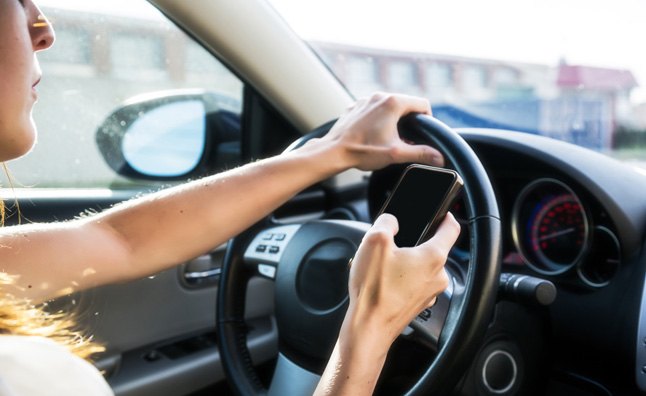



















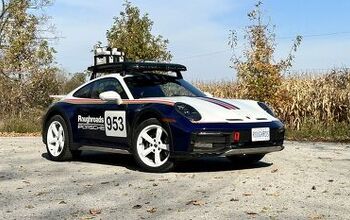



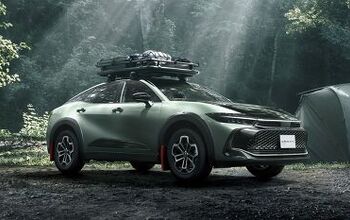

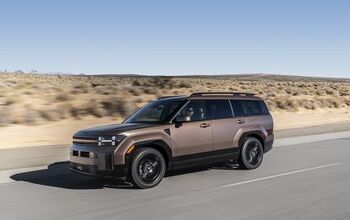



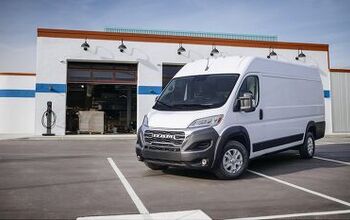


Comments
Join the conversation